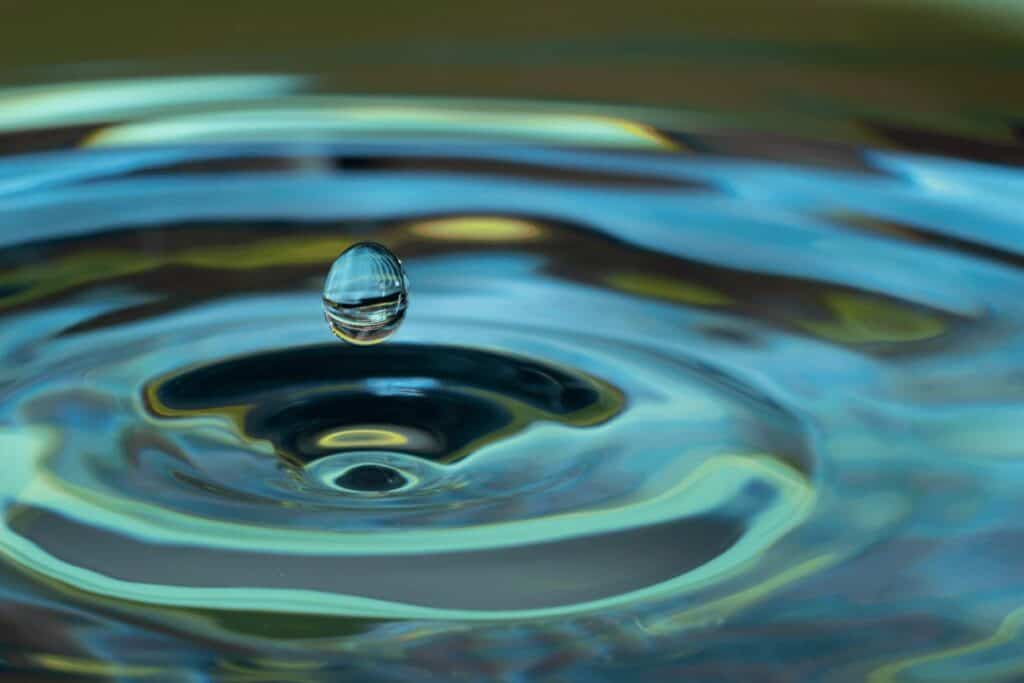Hydroponic microgreen farming is a method of growing plants in water, without the use of soil. It has gained popularity in recent years as an alternative to traditional farming, as it can be done in urban areas, indoors, and uses less water and resources. However, like any form of agriculture, hydroponic microgreen farming has an impact on the environment. In this article, we will explore the environmental impact of hydroponic microgreen farming, including the potential benefits and drawbacks.
1: Water Use

One of the main advantages of hydroponic microgreen farming is its ability to use water efficiently. Traditional farming can be very water-intensive, as water must be used to irrigate the fields. In contrast, hydroponic microgreen farming uses a closed-loop system that recirculates the water, reducing the amount of water needed.
However, this benefit can be offset by the use of fertilizers, which can leach into the water supply and cause water pollution.
2: Pesticide and Herbicide Use
In traditional farming, pesticides and herbicides are often used to control pests and weeds. These chemicals can have negative impacts on the environment, including the contamination of water and soil, and the killing of beneficial insects.
In hydroponic microgreen farming, the use of these chemicals can be reduced or eliminated, as the controlled environment of the hydroponic system makes it easier to manage pests and weeds.
3: Land Use
Hydroponic microgreen farming requires less land than traditional farming, as the plants are grown in containers or trays rather than fields. This can help to reduce the amount of land that is converted for agriculture, leaving more land available for other uses, such as conservation or recreation.
However, hydroponic microgreen farming does still require land for the construction of greenhouses or other facilities, and this land may be taken away from other uses.
4: Energy Use
The energy required for hydroponic microgreen farming can be higher than traditional farming, due to the need for artificial lighting and heating in a controlled environment. However, advances in technology, such as the use of LED lights and energy-efficient heating systems, are helping to reduce the energy consumption of hydroponic microgreen farming.
5: Carbon Footprint
The carbon footprint of hydroponic microgreen farming is lower than traditional farming, due to the reduced need for transportation of the final product. Hydroponic microgreens can be grown and sold locally, reducing the distance they need to be transported.
Additionally, the controlled environment of the hydroponic system allows for more efficient use of resources, such as water and fertilizers, which can further reduce the carbon footprint.
6: Biodiversity
The controlled environment of hydroponic microgreen farming can limit the types of plants that can be grown, as well as the number of pests and beneficial insects present. This can have an impact on local biodiversity, as the plants and insects that are present in the hydroponic system may not be found in the surrounding environment.
However, hydroponic microgreen farming can also support biodiversity by providing habitat and food for certain species, such as pollinators.
7: Soil Health

Hydroponic microgreen farming does not use soil, which can have both positive and negative impacts on soil health. On the one hand, it reduces the need for soil management practices such as tillage and erosion control, which can be harmful to soil health.
On the other hand, soil is a vital component of ecosystems, and it provides many important functions, such as filtering water and supporting plant growth.
8: Nutrient Management
In traditional farming, soil acts as a buffer for nutrients, helping to prevent nutrient imbalances and run-off. In hydroponic microgreen farming, the plants receive their nutrients directly from the water, and there is a risk of over-fertilization or nutrient imbalances.
This can lead to water pollution if the excess nutrients leach into the water supply. Proper nutrient management is therefore critical in hydroponic microgreen farming to prevent negative environmental impacts.
9: Waste Management
Hydroponic microgreen farming generates waste in the form of used growing media, such as coconut coir or perlite, and unsold or spoiled produce. This waste must be properly disposed of or recycled to prevent negative environmental impacts.
Some hydroponic microgreen farmers are able to compost the used growing media and use it as a soil amendment, while others recycle it or send it to a landfill.
10: Food Safety
The controlled environment of hydroponic microgreen farming can reduce the risk of food-borne illnesses, as it is easier to manage hygiene and prevent contamination. However, the use of chemicals, such as fertilizers and pesticides, in the hydroponic system can also pose a risk to food safety if not properly managed.
It is important for hydroponic microgreen farmers to follow proper food safety guidelines to ensure that their products are safe for consumption.
Conclusion
Hydroponic microgreen farming has the potential to have a positive environmental impact, through its efficient use of water and reduced use of pesticides and herbicides. However, it is also important to consider the potential drawbacks, such as energy use, carbon footprint, and impact on biodiversity and soil health.
Proper management of the hydroponic system and proper waste and nutrient management can help to minimize any negative environmental impacts of hydroponic microgreen farming.
FAQ’s
What Is Hydroponic Microgreen Farming?
Hydroponic microgreen farming is a method of growing plants in water, without the use of soil. It is a type of hydroponic farming that focuses on the production of small, nutrient-rich greens that are typically harvested within a few weeks of planting.
What Are the Potential Benefits of Hydroponic Microgreen Farming for The Environment?
Hydroponic microgreen farming has several potential benefits for the environment, including its ability to use water efficiently, reduced use of pesticides and herbicides, reduced land use, and lower carbon footprint.
What Are the Potential Drawbacks of Hydroponic Microgreen Farming for The Environment?
There are also potential drawbacks to hydroponic microgreen farming, such as its higher energy use, impact on biodiversity and soil health, and potential for nutrient imbalances and water pollution.
Can Hydroponic Microgreen Farming Support Biodiversity?
Hydroponic microgreen farming can both support and impact biodiversity. The controlled environment of the hydroponic system can limit the types of plants and insects that are present, but it can also provide habitat and food for certain species, such as pollinators.
How Can the Negative Impacts of Hydroponic Microgreen Farming Be Minimized?
Proper management of the hydroponic system, including waste management and nutrient management, can help to minimize any negative environmental impacts of hydroponic microgreen farming. It is also important for hydroponic microgreen farmers to follow proper food safety guidelines to ensure that their products are safe for consumption
Links to Other Authors
https://en.wikipedia.org/wiki/Controlled-environment_agriculture
https://www.sciencedirect.com/science/article/pii/S2666154320300326
https://www.mdpi.com/2073-4395/11/6/1213
Latest Posts
- What Types of Lettuces Can You Grow?

- How to Plant Onion Seeds for Maximum Germination

- How to Plant Parsnip Seeds for Maximum Germination

- How to Plant Mushroom Seeds for Maximum Germination

- How to Plant Lettuce Seeds for Maximum Germination

- How to Plant Kale Seeds: A Step-by-Step Guide to Maximum Germination Success!






2 responses to “The Environmental Impact of Hydroponic Microgreen Farming”
Your article helped me a lot, is there any more related content? Thanks! https://accounts.binance.com/sl/register-person?ref=WTOZ531Y
Thank you